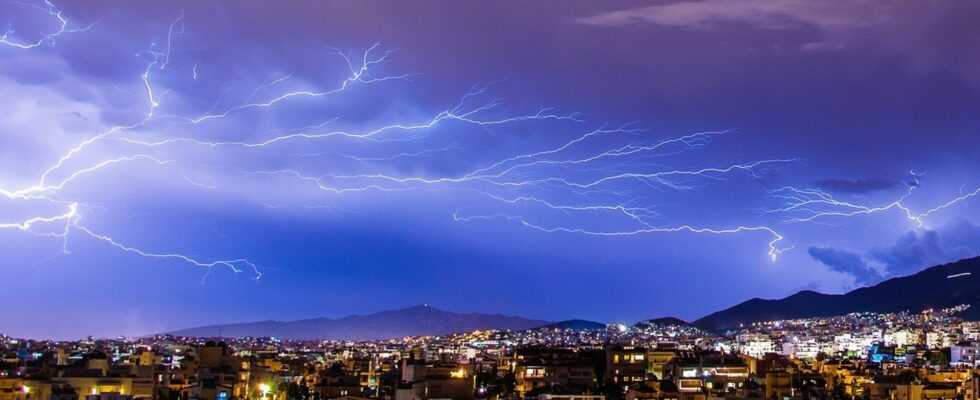Two new records are certified by the World Meteorological Organization: a flash of 768 kilometers, another that lasted more than 17 seconds.
Certain flashes are particularly exceptional, sometimes in duration, sometimes in length—that is, in distance traveled. These are two data that are monitored by the World Meteorological Organization (WMO), which, at the end of January 2022, certified two new records to date:
- The lightning that traveled the longest distance extended over 768 kilometers, 60 kilometers more than the previous record.
- The longest-lasting flash lasted for 17.102 seconds, 0.37 seconds longer than the old record.
The long-distance lightning was detected on April 29, 2020 in the United States, extending from the state of Texas to that of Mississippi, but never touching the ground (the electric charge discharged in the ‘atmosphere). The lightning bolt with a record duration of 17.102 seconds has also been identified in the United States.
The mysteries of lightning
This type of weather event is considered “extreme”. They are relatively rare. But identifying them depends entirely on our technological capabilities for measurement: “ It is likely that even greater extremes exist, and we will be able to observe them as lightning detection technology improves. “says Randall Cerveny, WMO rapporteur for weather and climate extremes.
There are still unknowns about lightning, although it is common beyond forms as exceptional as these records. But thanks to improved observations, now made from space, “ we are now able to obtain excellent measurements of its many facets, allowing us to uncover surprising new aspects of its behavior “, indicates Michael Peterson, on the site of the WMO. He works at the Los Alamos Observatory which participates in this kind of observations. ” Now that we have a solid record of these monstrous flashes, we can begin to understand how they occur and assess the disproportionate impact they have. »

Why such a meteorological “extreme”?
This type of lightning cannot happen just anywhere. This record lightning appeared in an area conducive to a “mesoscale convective system” (MCS). Such a storm system is actually a collection of several storms, forming large features spread over hundreds of kilometers in length and diameter. An SCM is a system whose dynamics allow the appearance of extraordinary mega-lightnings », Specifies the OMM.
These areas particularly prone to these stormy systems are located in particular in the great plains of North America and Asia, and in the La Plata basin in South America. Such thunderstorms can create particularly extreme weather conditions beyond lightning, namely torrential rains capable of causing flooding, high winds, sometimes hail.
A flash like the one that sets a new record is therefore never an isolated event. ” These extremely large and long duration lightning strikes are not isolated but occur during active thunderstorms. Whenever you hear thunder, it’s time to reach a safe place for lightning “, specifies in this respect the WMO. Because it must be remembered that lightning, especially when it occurs in extreme events, can be dangerous and deadly.

